25 July 2025
Introduction
Ever wondered how education can go beyond textbooks and truly make a difference in the world? Project-Based Learning (PBL) could be the answer! Now, imagine combining PBL with the United Nations’ Sustainable Development Goals (SDGs)—that’s where the real magic happens.
Education isn’t just about passing tests; it’s about preparing students to tackle real-world problems. And when we integrate Sustainable Development Goals (SDGs) in PBL, we’re giving them the perfect launchpad to become changemakers.
Let’s dive deep into how we can combine PBL with sustainability to create a future that’s not only smart but also sustainable.

What Are Sustainable Development Goals (SDGs)?
Before we link them with PBL, let’s quickly break down SDGs. In 2015, the United Nations introduced 17 SDGs to address global challenges like poverty, climate change, quality education, and gender equality. These goals act as a blueprint for a better and more sustainable future.Some key SDGs that fit perfectly into the classroom include:
- Quality Education (SDG 4) – Ensuring inclusive and equitable education for all.
- Climate Action (SDG 13) – Taking urgent action to combat climate change.
- Zero Hunger (SDG 2) – Ending hunger and promoting sustainable agriculture.
- Clean Water and Sanitation (SDG 6) – Ensuring access to clean water.
But how do you bring these global missions into the classroom? That’s where PBL comes in.
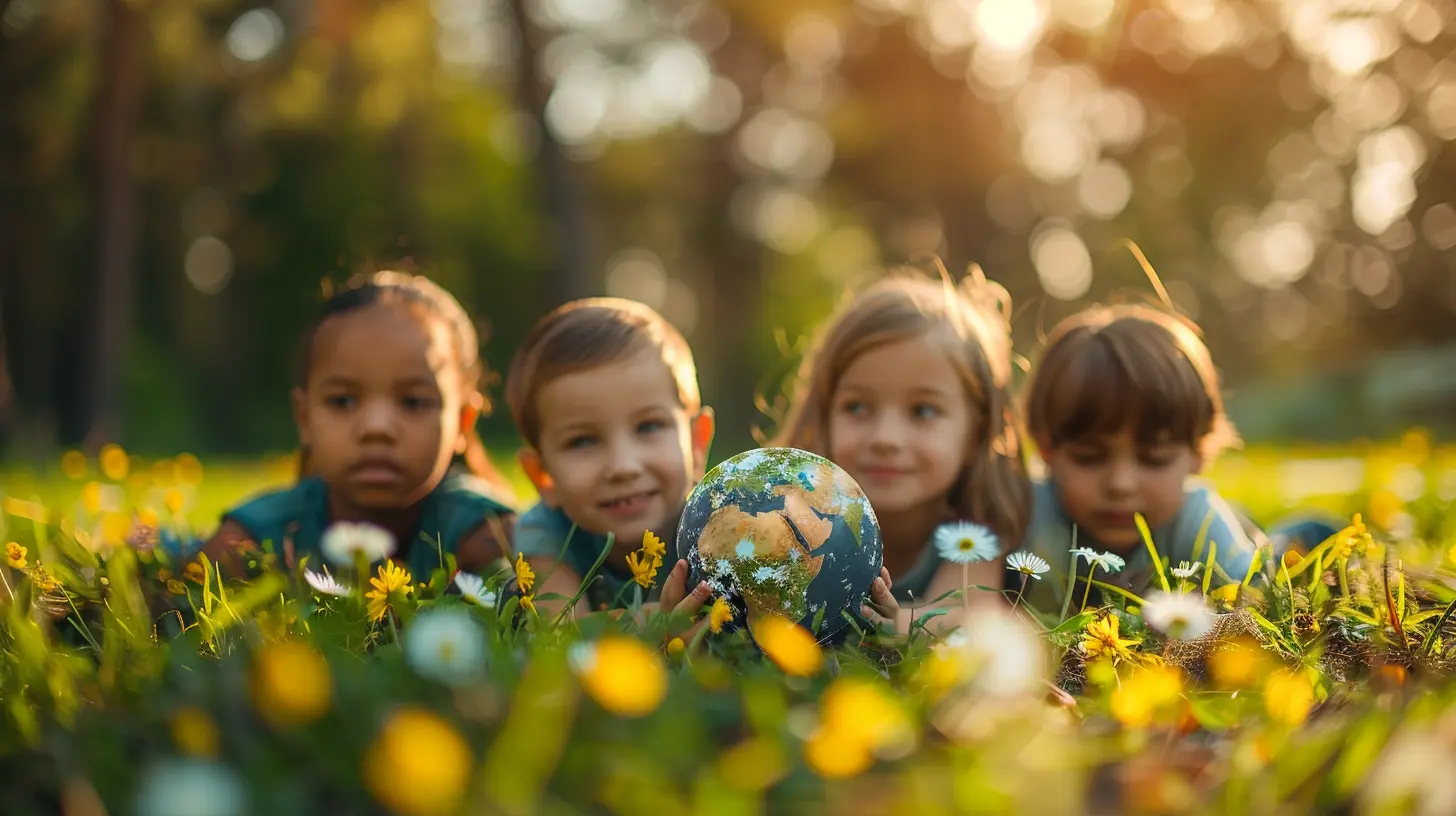
What Is Project-Based Learning (PBL)?
If traditional learning is a lecture, PBL is a hands-on workshop. It’s a student-centered teaching method where learners actively work on real-world problems over an extended period.Instead of rote memorization, students research, brainstorm, and develop solutions to significant challenges. And guess what? That’s exactly what the SDGs need—innovative minds eager to create change!
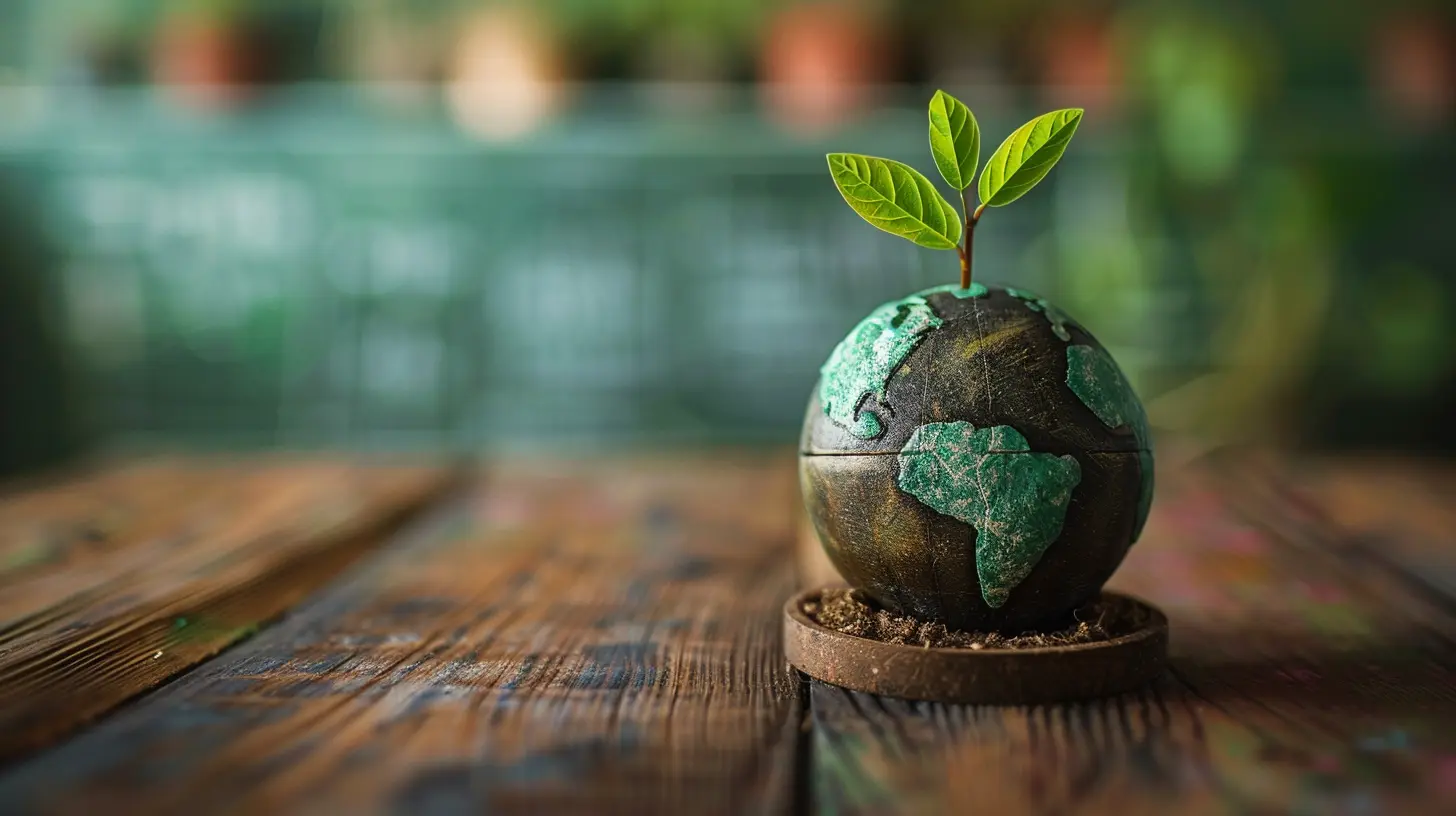
Why Integrate SDGs into PBL?
Now, you might be thinking, "Why should I mix SDGs with PBL?" Simple—because it makes learning more engaging, meaningful, and impactful. Here’s why:- Real-World Relevance – Students aren’t just memorizing facts; they’re solving actual global problems.
- Encourages Critical Thinking – They learn to analyze issues, brainstorm solutions, and reflect on their impact.
- Inspires Action – Instead of passively learning, students become problem-solvers and changemakers.
- Promotes Collaboration – Working together on SDG-related projects builds teamwork and social responsibility.
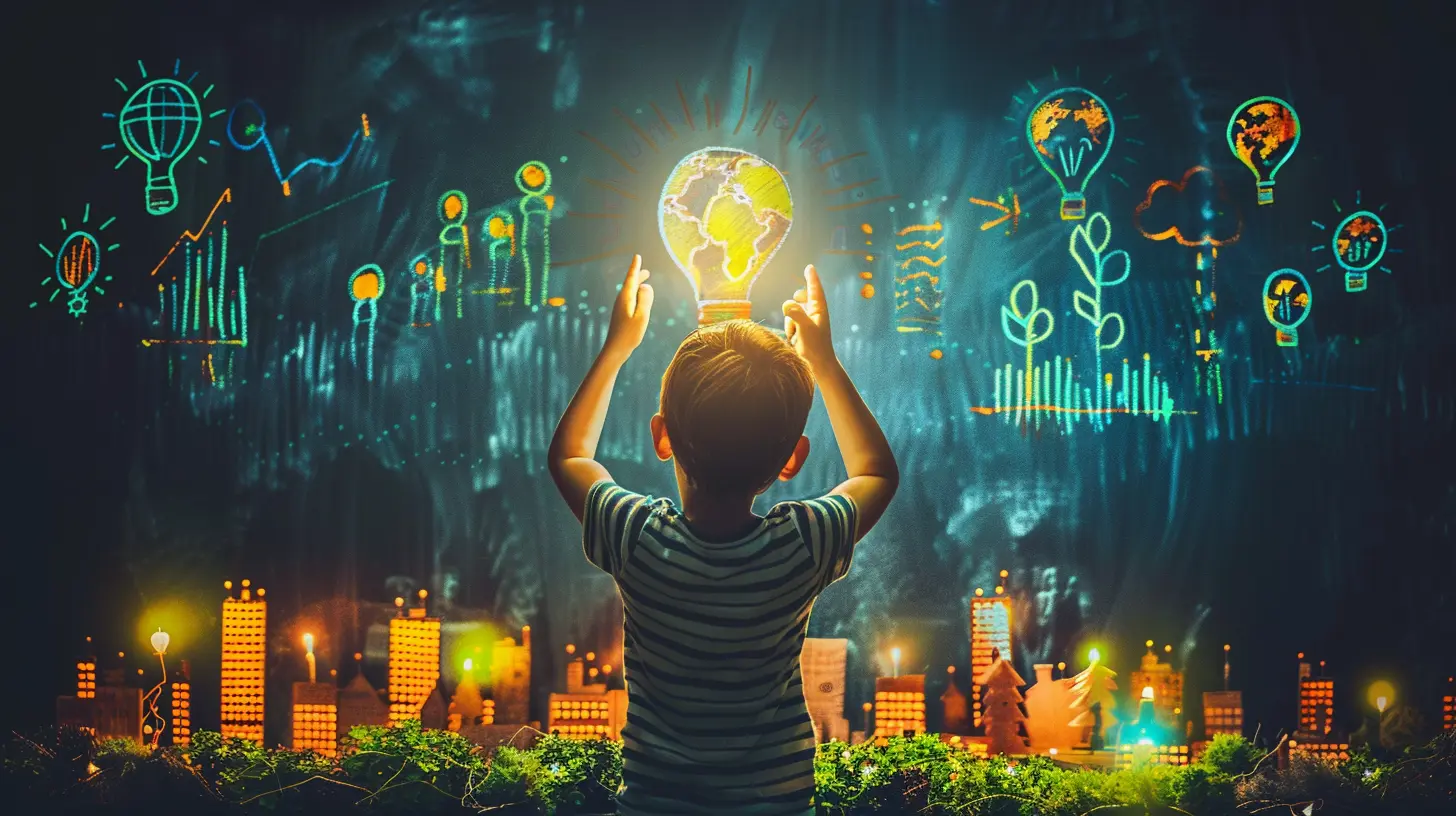
How To Incorporate SDGs Into PBL
Now that we’ve established why this combo is powerful, let’s talk strategy—how can you actually implement SDGs into PBL?1. Choose a Relevant SDG
Start by selecting an SDG that resonates with your students. If they’re passionate about the environment, Climate Action (SDG 13) is a great pick. If they care about community welfare, Zero Hunger (SDG 2) might work.A good tip? Let them choose! Ownership boosts engagement and motivation.
2. Define a Driving Question
Every PBL project begins with a thought-provoking question. Instead of a rigid assignment, ask them something open-ended like:- How can we reduce food waste in our school to fight hunger?
- What creative ways can we use to conserve water in our community?
- How can we educate people about climate change through social media?
This approach sparks curiosity and encourages students to dig deeper.
3. Encourage Research and Critical Thinking
Once students have their question, it’s time for good old-fashioned research. But don’t just hand them facts—teach them how to analyze sources, question bias, and think critically.They can:
- Conduct surveys or interviews.
- Analyze local and global reports.
- Research organizations already tackling the issue.
4. Develop and Implement Solutions
This is where innovation comes into play. Encourage students to create real-world solutions, even if they’re small. Ideas could include:- Community gardens to tackle hunger.
- Awareness campaigns on social media promoting sustainability.
- Recycling drives to reduce plastic waste.
The best part? Seeing their ideas come to life!
5. Present and Reflect
The project isn’t complete until students present and reflect. Let them showcase their work through:- Presentations.
- Social media campaigns.
- Community events.
And, of course, reflection is key. Ask them:
- What worked?
- What challenges did you face?
- How can we improve next time?
This step ensures continuous learning and growth.
Real-Life Examples of SDGs in PBL
Sometimes, inspiration is all we need. Here are some real-life examples of schools successfully integrating SDGs into PBL:🌱 Sustainable Gardening Project (SDG 2 & 13)
A school in Canada started a community garden to fight food insecurity while promoting sustainability. Students researched plant growth, partnered with local farmers, and donated fresh produce to food banks.💧 Water Conservation Campaign (SDG 6)
In India, students developed a rainwater harvesting system for their school. They even educated their community on water conservation through workshops.♻️ Recycling and Upcycling Initiative (SDG 12)
A group of middle schoolers created a plastic recycling program. They turned discarded plastic into eco-bricks for building small structures!These real-life examples prove that students of all ages can make a difference.
Challenges and How to Overcome Them
Sure, combining SDGs with PBL sounds amazing, but what about the challenges? Here are a few common roadblocks and smart ways to tackle them:🚧 Limited Resources
Not every school has access to high-tech labs or funds for big projects. But guess what? Creativity beats resources any day! A simple campaign or a social media awareness drive costs nothing yet makes an impact.⏳ Time Constraints
Teachers are already juggling tight schedules. The solution? Start small. Even a one-week project focused on reducing classroom waste can be impactful.🧐 Lack of Awareness
Not all students or teachers know about the SDGs. A quick introductory session or video can build curiosity and set the stage for meaningful projects.The Future of SDG-Based Learning
Imagine a world where every student graduates with not just knowledge but also real-world problem-solving skills. By integrating SDGs into PBL, we’re not just educating students—we’re empowering them to shape a better future.The best part? The possibilities are endless. Whether it's tackling plastic pollution, hunger, or gender inequality—every small step counts. So, are you ready to transform learning and the world at the same time?
Let’s make education not just about learning but about doing.

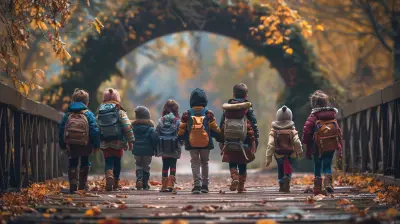
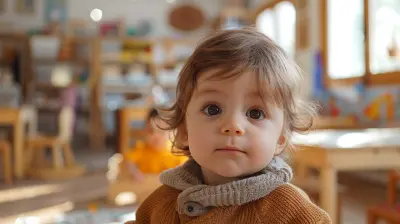

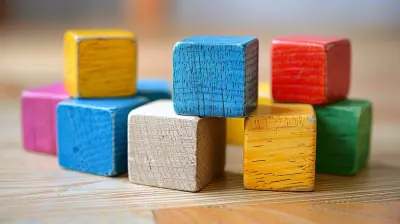
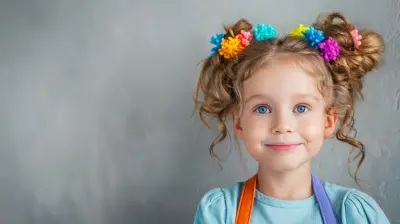
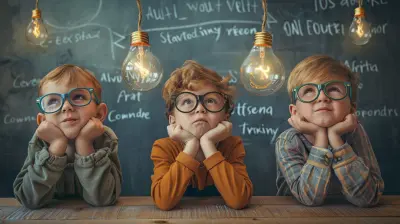

Arlo Hurst
Love how PBL brings sustainability to life—learning and making a difference together!
November 23, 2025 at 9:50 PM